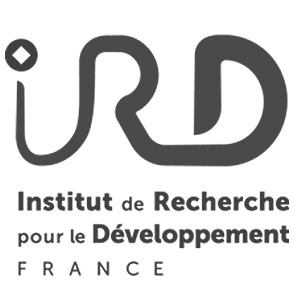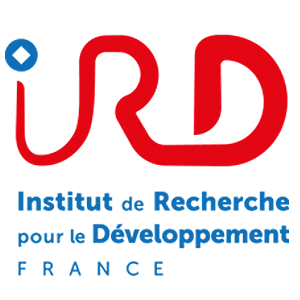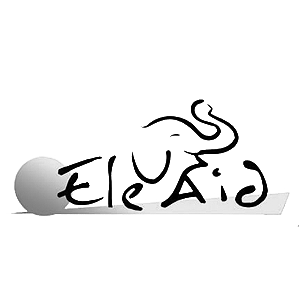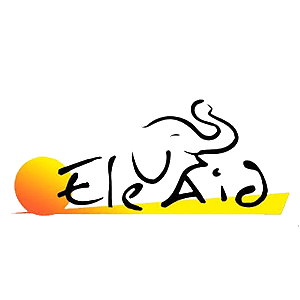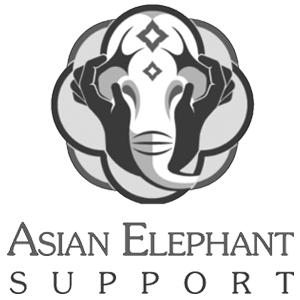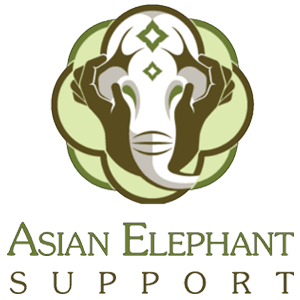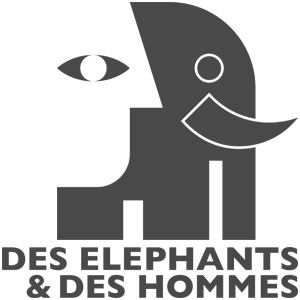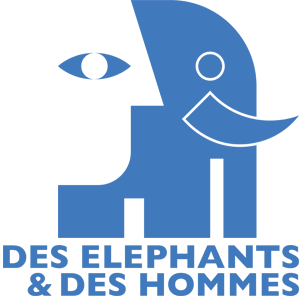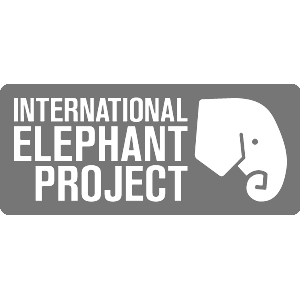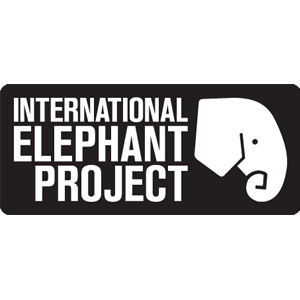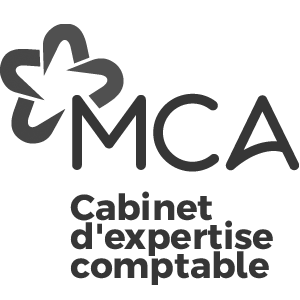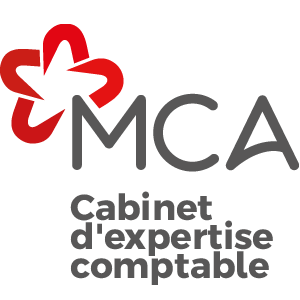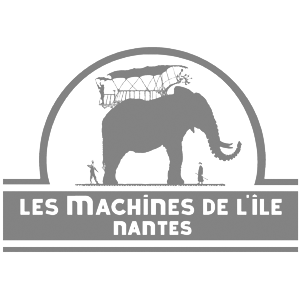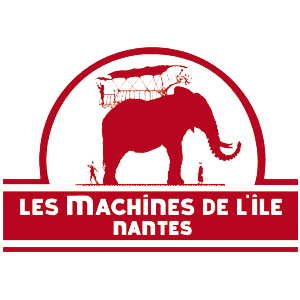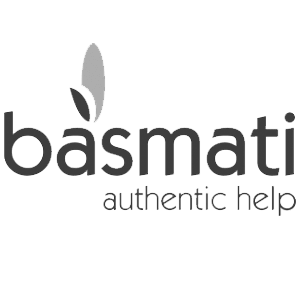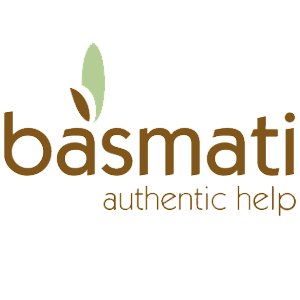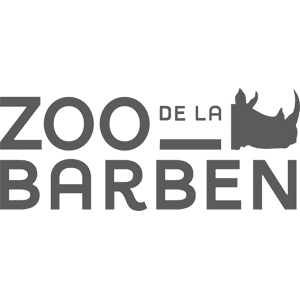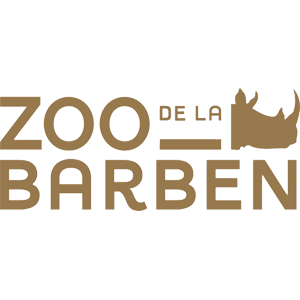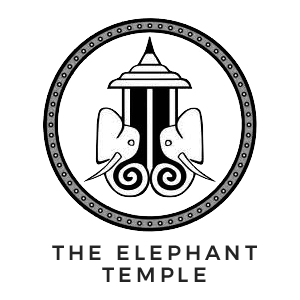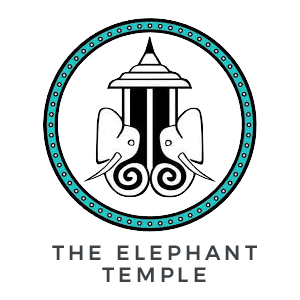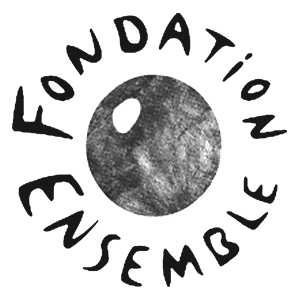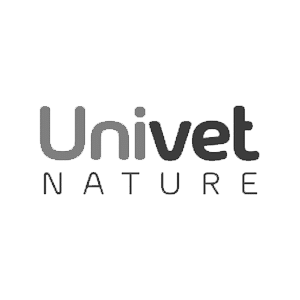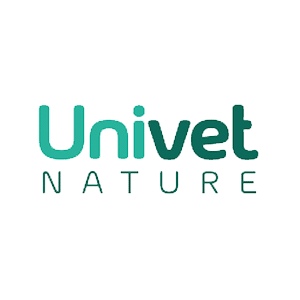PROTECTING ELEPHANTS
Rescue. Rehabilitate. Reproduce. Reherd. Rewild. Research. Respect!
Protecting the Species in Laos
Our conservation work starts here. We ought to rescue elephants that are kept under sub-standard conditions and offer them a new life at the Center. Most elephants in Laos were employed in the logging industry until 2018. With a ban on illegal logging activities issued by the Lao government, many elephants became a liability for their owners.
They have since been sold to tourist venues across the country or abroad. Some are kept by their owners due to lack of buyers and are used for breeding purposes, with the hope the calves can be sold to zoos, circuses or tourist camps. When an elephant if being sold, we try our best to purchase it. Learn More about our rescue actions.
Once elephants have been rescued, they aren’t always in good shape. It is the role of our vets to provide them with the first aid and the long-term care they need. The Elephant Conservation Center established the only Elephant Hospital of Laos which includes a state-of-the-art treatment facility, a lab and a pharmacy allowing our vet technicians, vets, biologists and mahouts to work in excellent conditions.
We also use the facility to train our elephants using positive reinforcement techniques so that care can be performed without any risks to staff and elephants. The Hospital is open to any elephant in need and also welcomes veterinary students.
Logically, when it comes to conserving an endangered species like the Asian elephant, we must make sure the demographics are OK. Unfortunately, one of the main issues relating to elephants in Laos is the low natality rate within an ageing population. With only 2 births for 10 deaths annually, it is of the utmost importance to breed elephants.
The process is very slow and success rates are low. For this reason, we are using a mix of traditional mahout knowledge and hi-tech research in our reproduction programme. While Lao mahouts have excellent husbandry skills, adding precise modern techniques to identify cows’ oestrus cycles via hormonal tests allows us to maximize the chances of pregnancies.
When elephants arrive at the Center, they have usually suffered physically, due to overwork. But they have also usually been kept in conditions that did not allow them to socialize with other elephants. This creates psychological trauma and stereotypes. Our role at the Center is to help these elephants in joining a new family. For this, our caretakers and biologists work together to observe elephants’ behaviours and detect which elephants can form long-lasting bonds.
We use a mix of sensorial enrichment techniques and socialization time to let elephants develop natural behaviours and interconnections. During the process, new social dynamics emerge within the elephant groups and our team is able to build on them to create herds that have developed the natural sets of skills and behaviours allowing them to be released into the wild.
Releasing elephants into the wild has been our most pressing objective since the ECC was created. The ECC made Lao history by releasing 4 elephants into the wild in the Nam Pouy National Protected Area. After a lengthy process aiming at creating a compatible elephant herd, elephants were eventually released on March, 18th, 2019. Rewilding a group of elephants requires following social patterns found in the wild.
Elephants are microchipped and their ex-mahouts keep track of their whereabouts using direct observation and GPS tracking during their patrols in the Nam Pouy National Protected Area. We are lucky to have access to this pristine and rich ecosystem and be backed up by a wonderful team of rangers and a supportive Government to undertake this extraordinary mission.
Merging traditional knowledge and scientific research is our DNA. We believe in an approach based on indigenous knowledge with technical and methodological support from modern science. Year after year, we have developed partnerships with international research institutes and have developed our own methods and protocols. Since 2019, and thanks to support provided by Australian Aid, the Smithsonian Institution and private donors, we were able to establish a fully equipped endocrinology laboratory.
The equipment and the training received by our staff allow for accurate monitoring of our female elephants’ oestrus cycles which in turn allows us to pair them with sires at the right time to maximise breeding chances. Other hormones that are being studied at the lab include testosterone, the male hormone that leads to the state of ‘musth’ present in adult bulls, making them unpredictable and sometimes dangerous, and cortisol, the stress hormone.
Elephants are big and strong. But they are fragile too. Their dietary requirements, sensitivity to climate and elephants and complex social life means that their needs are numerous when under human care. You don’t just keep a group of elephants in a pasture and wait for them to thrive. Food on offer must be natural, plenty and diverse. Access to shade and water carefully monitored.
Groups creation must be driven by careful study of social dynamics and the roles of matriarchs, adult males and juveniles must correspond to patterns found in the wild. Managing a large herd such as ours require skills and knowledge built by years of mahout experience and the most recent scientific findings.
OUR PARTNERS
Sponsors & Supporters




